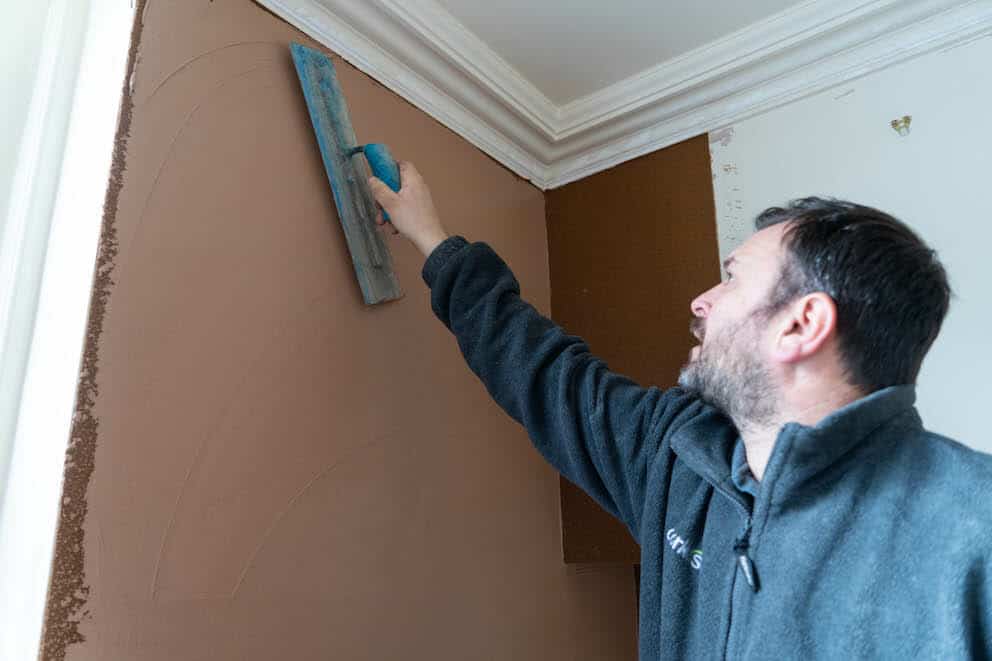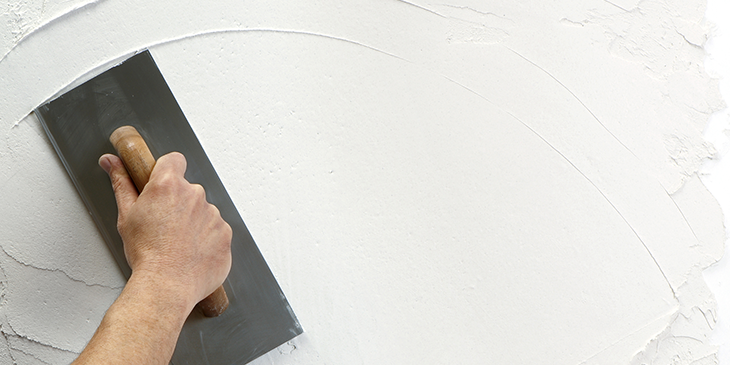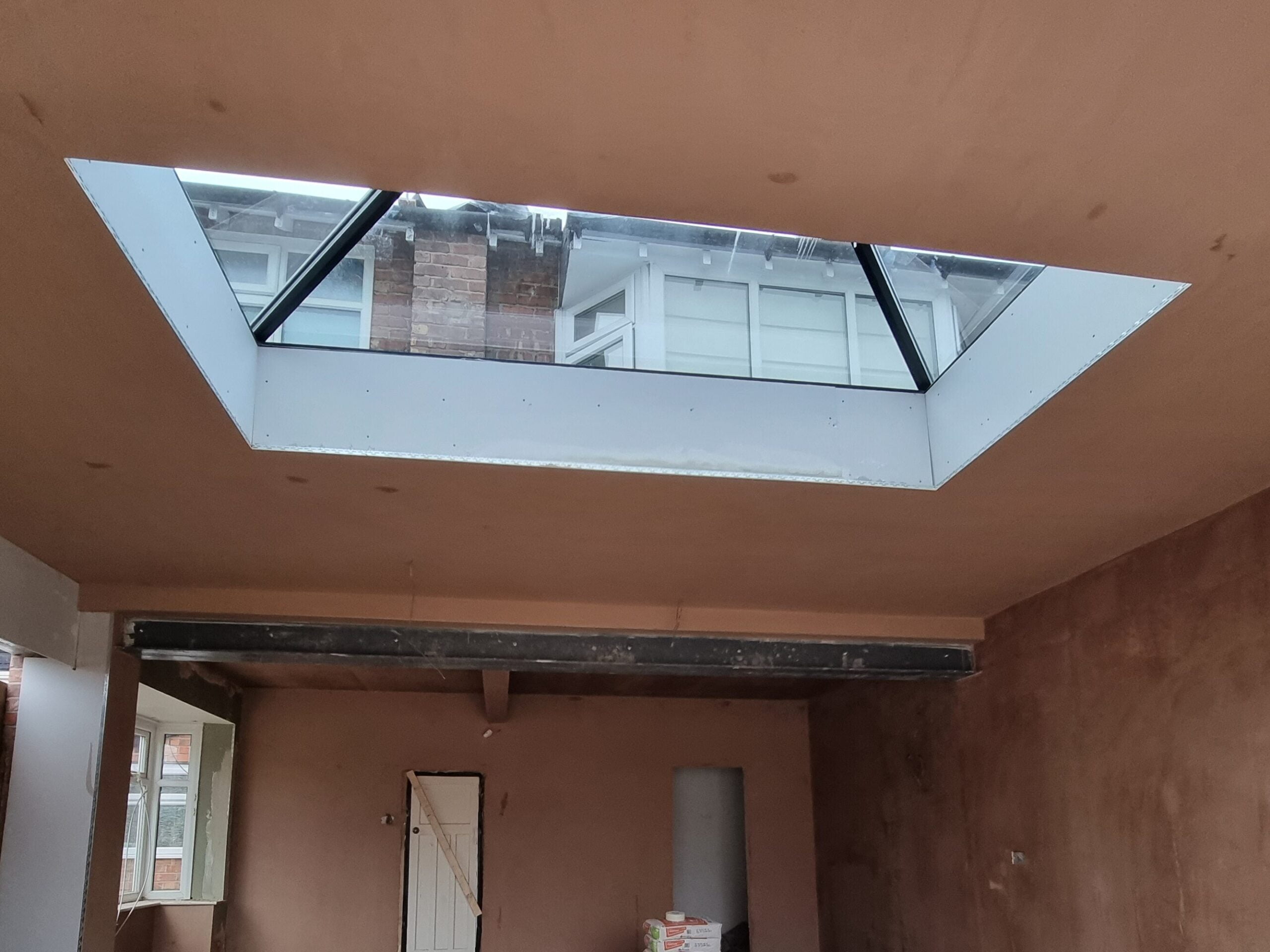Plastering Solutions for Smooth Walls: A Comprehensive Overview
Plastering Solutions for Smooth Walls: A Comprehensive Overview
Blog Article
A Comprehensive Guide to Learning Plastering Abilities for Your Remodelling Requirements

Vital Devices and Materials
Various important tools serve unique purposes, making certain efficiency and precision throughout the plastering procedure. A high-quality trowel, for circumstances, is crucial for using and smoothing plaster, while a hawk provides a stable platform for holding the product.
Along with tools, picking the right plastering products is vital. Gypsum-based plasters are generally favored for their convenience and ease of use, while cement-based alternatives are ideal for exterior applications as a result of their durability. Water and bonding agents play significant roles in attaining correct consistency and attachment, making sure that the plaster sticks efficiently to the surface.
Additionally, protective gear such as gloves, goggles, and masks is vital to safeguard against dust and irritability during the application procedure. By setting up the right combination of tools and materials, plasterers can improve their skill set and generate premium surfaces, ultimately raising the total craftsmanship of their work.
Preparing Surfaces for Gluing
Attaining a durable and smooth plaster coating starts with meticulous prep work of the surfaces to be smudged. This fundamental step is essential to making certain adhesion and the long life of the plaster. Beginning by evaluating the condition of the substratum-- whether it is masonry, drywall, or concrete-- eliminating any type of loose paint, dust, or particles that may interfere with bonding.
Next, fix any blemishes such as holes or fractures. Make use of an appropriate filler to achieve a level surface area; this can be essential for stopping future problems. As soon as repaired, ensure the surface is clean and dry, as dampness can compromise plaster adherence.
For porous surfaces, it is advisable to apply a bonding representative. This product improves attachment and produces a trustworthy user interface between the plaster and substratum. If dealing with previously plastered surfaces, it might be needed to scuff or sand the location lightly to offer a trick for the new plaster layer.
Smudging Strategies and Tips
Understanding smudging strategies requires both ability and practice to attain a perfect surface. One necessary technique is the application of the plaster in multiple slim layers, instead than a single thick layer.
When applying the finish coat, employ a shoveling strategy that entails holding the trowel at a minor angle and functioning in a circular activity. This assists to create a smooth surface area and lowers the look of trowel marks. Furthermore, keep a spray bottle of water convenient to mist the surface gently; this keeps the plaster practical and permits smoother ending up.
Timing is vital; job effectively, as the plaster begins to establish. As soon as the plaster has actually tightened however is still moist, make use of a moist sponge to carefully smooth the surface area further. Last but not least, permit sufficient drying time before sanding or paint, ensuring your difficult job results in a professional, premium finish.
Typical Blunders to Avoid

One more typical error is applying plaster too thickly. Excitable applications can lead to breaking and extended drying times. It's vital to apply plaster in thin, even layers, permitting each layer to completely dry appropriately prior to including a lot more.
Furthermore, not utilizing the right tools can hinder the quality of the coating. Making use of inappropriate trowels or mixers can develop incongruities in the smudging procedure. Constantly choose premium tools designed for gluing jobs.
Last but not least, many people take too lightly the value of timing. Working in unsuitable temperature levels or moisture levels can adversely affect plaster healing and drying out. It is a good idea to check climate condition and you can check here adapt your routine appropriately.
Finishing Touches for a Specialist Look
The last stages of a smudging project are vital for achieving a refined, professional appearance. Once the plaster has actually dried out adequately, the following step is to evaluate the surface area for imperfections.
After sanding, it's a good idea to cleanse the surface area to remove any type of dust and debris. A wet cloth is reliable for this purpose, complied with by a comprehensive drying out duration. If essential, applying a slim site web layer of finishing plaster can improve the surface area further, offering a seamless surface.
As soon as the ending up plaster is dry, one more round of fining sand might be called for to attain the desired smoothness. Finally, think about applying a primer before painting or wallpapering, which will improve bond and durability.
Final Thought
Grasping gluing abilities dramatically boosts the top quality of remodelling jobs. A complete understanding of necessary devices, surface area prep work, and efficient techniques is important for accomplishing expert results. Awareness of common blunders permits the evasion of expensive errors, while interest to finishing touches makes sure a sleek appearance. Ultimately, the combination of these aspects adds to the development of smooth, long lasting surfaces that elevate the aesthetic worth of any type of area, underscoring the importance of experienced plastering in home renovation ventures.
Water and bonding agents play substantial roles in accomplishing proper consistency and attachment, making certain that the plaster adheres properly to the surface. Plastering.


In addition, keep a spray container of water useful to haze the surface area gently; this keeps the plaster practical and allows for smoother ending up. (Plastering)
If necessary, using a slim layer of completing plaster can boost the surface further, offering a seamless surface.
Report this page